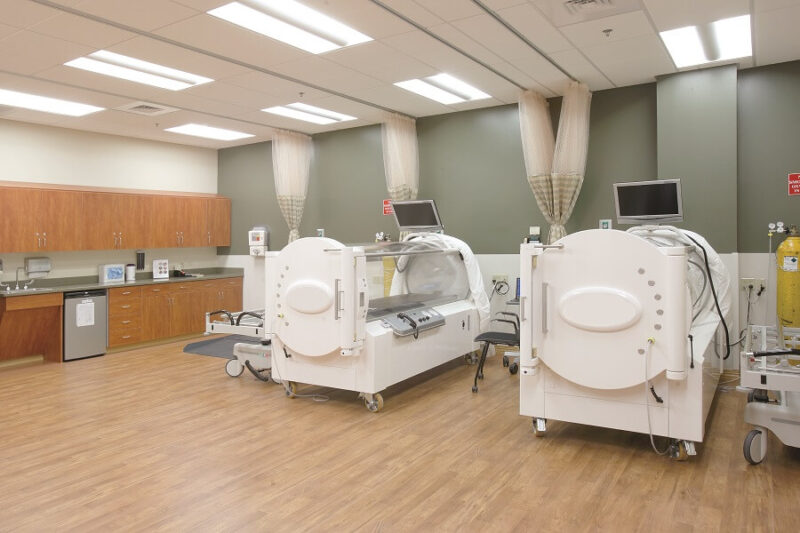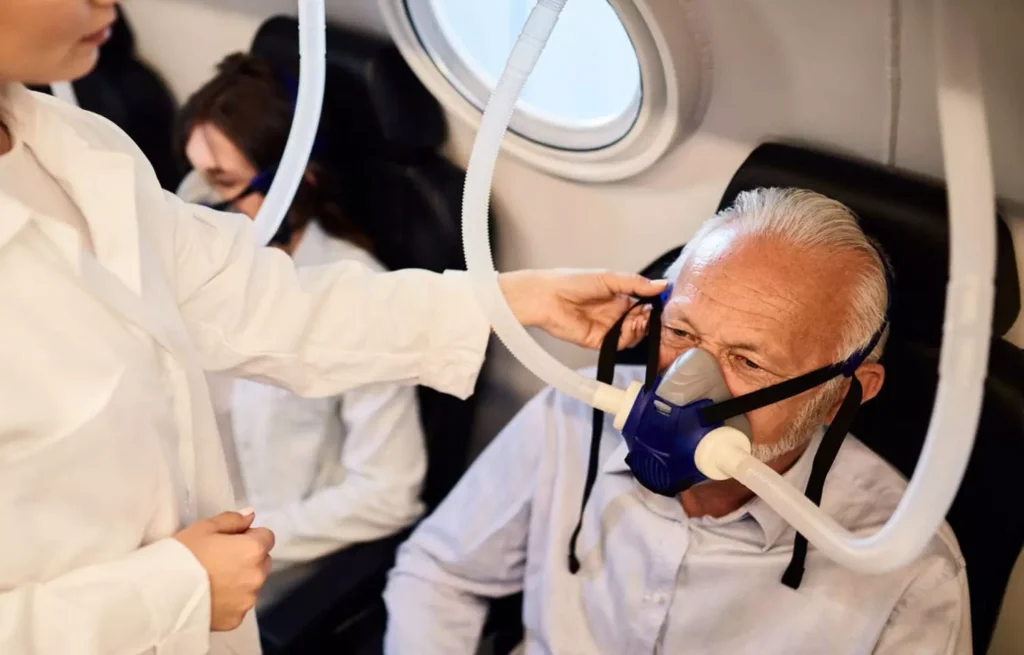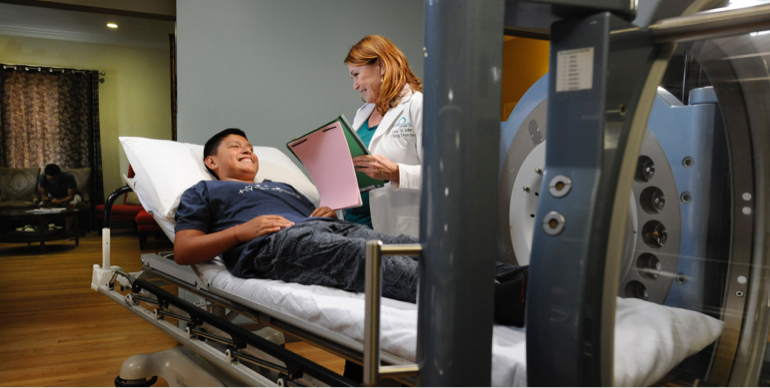Who knew that scientific developments could help humans to such an extent that they could undergo treatment as easily as lying on the bed and watching their favorite movie?
Hyperbaric oxygen therapy is one such treatment that is as good and as comfortable as taking a good nap. Many patients cannot stop praising the effects of this therapy. So much so that they seek to get this treatment done as it is the most relaxing part of the day.
In a materialistic and fast-paced world like today’s, human life has become very demanding. Due to these demands, the human body feels exhausted. You are not alone in this, as this is naturally evolving amongst the people around you, too. Hence, there is a need for people to know about hyperbaric and especially the ones who have booked their first treatment session.
Understanding becomes easier when it is done in stages, as you can know what will be done to your body in each stage, followed by the expectations.
Before The Commencement

When the process commences, the first step will include meeting your treatment professional, who will guide you with the basics. The basics include changing your clothes into comfortable and flowing cloth. If you don’t want to change over there, you can do it from your home and come. But in most cases, it is advisable to wear the one provided by the treatment facility.
Also, it would be best if you took care of some steps before the treatment commences, like the following:
The clothes you are wearing for treatment should be made of cotton. It ensures that there is no serious fire hazard. Also, it helps reduce the static electricity risk and the possibility of sparking. Your undergarments should be cotton, and you can ensure that while leaving for the treatment. If you have any piercings or any other items that can be removed, you should consult your doctor and do it.
Also, there should b no lotion or hair spa. It would help if you did not use your mustache wax, or any other of a similar kind. Also, you should not indulge into using hair gels, or any sort of makeup, and other things like perfumes and prevent the use of wigs, too. You should update your doctor if you have any hearing aid, contact lenses, or any other jewelry piece you possess. The practitioner will guide you accordingly.
It will be followed by the assessment process, which includes looking at your blood sugar levels, eyes, and ear assessment. Also, they will help you with a run-through of the ear-cleaning tips and tricks. It is important as it helps you with pressure accommodation when the treatment is going on.
Now, it’s time for you to move to the chamber’s bed. When you move over here, you should ensure that you are given a water bottle, an air mask for the air break, and a urinal. If you are consulting experienced professionals providing services like hyperbaric oxygen therapy, they will take care of all these things. So much so that you can be confident of undergoing treatment under reliable chambers from oxyhelp.com.
But, you should know the use of all these things. For example, the air mask should not be worn from the beginning of the session. You should wear it amid the break period, or as it is suggested by the therapist.
Conducting The Process

It is the middle point of the therapy. During this time, there will be a bed in the chamber, and you will be asked to use it. The person doing the therapy closes the chamber, and the process begins with increased pressure. However, you can communicate with your therapist regarding the pressure your body can resist. You can ask them to slow down whenever pressure increases beyond the point of your resistance.
But, before raising such alarms, you should wait for 10 minutes. It is because it normally takes 10 minutes for a person to get to the pressure in the therapy. Also, after 10 minutes, the pressure reaches the prescribed stage, and chances are that you may not need to slow it down.
You are free to do anything when you are undergoing the treatment. The basics include activities like relaxing, sleeping, and watching movies and series. Then, the treatment professional will ask you to go for an air break. It is undertaken so that the risk of oxygen toxicity does not happen in the body. During this step, you must keep breathing through the air mask for a couple of minutes. In general, the mask’s airflow consists of regular room air only.
Afterward And Onwards

With this, you reach the concluding stage of the therapy. The therapist will know it before you and will begin bringing the room’s increased pressure to that of the normal degree. It is similar to the beginning stage and will take 10 minutes. You can do the exercises for ear-cleaning. After 10 minutes, when the room pressure is normal, you can come out of the chamber as directed by the therapist for post-treatment assessment. You can change into your normal clothes after this assessment.
The pressure moves towards a reduced note when the treatment proceeds toward the end. The therapy is about to conclude, and approximately 10-15 minutes are left for the process to end. You will experience that there will be a subtle reduction in applying the pressure degree. It is the decompression state, and your ears will experience a pop-kind-of sensation. It is a result of the decreased pressure and hence, is experienced by everyone undergoing the treatment. Popping refers to the normal degree to which the pressure adjusts itself on the inner side of the ear.
Conclusion
In all, it is a comfortable process that does not have any after-effects if you are careful within the process. But, people’s sensations may differ from patient to patient. Some can experience cracking sounds in their ears while undergoing the treatment, while others can feel negligible sensations. You will get relief from the same gradually. But, if it continues for more than the normal time, you should consult a doctor.
Overall, it is a reliable process, and you can trust an experienced medical practitioner who uses qualitative equipment for the process.

